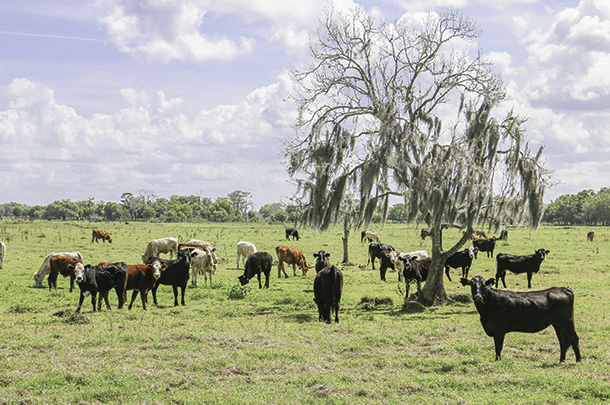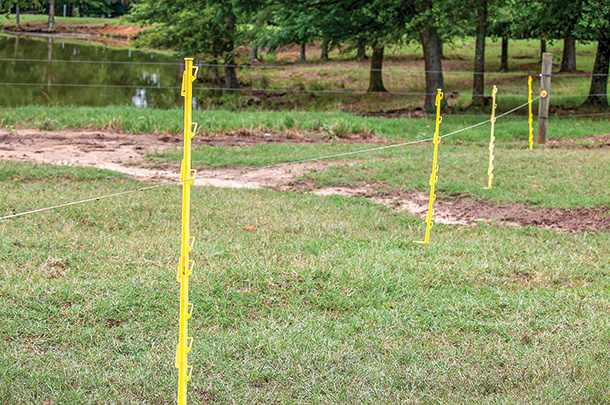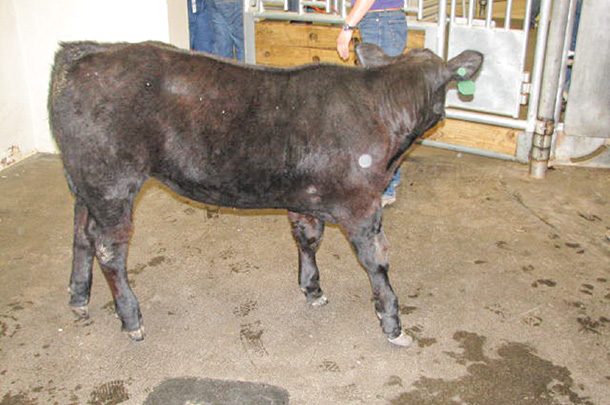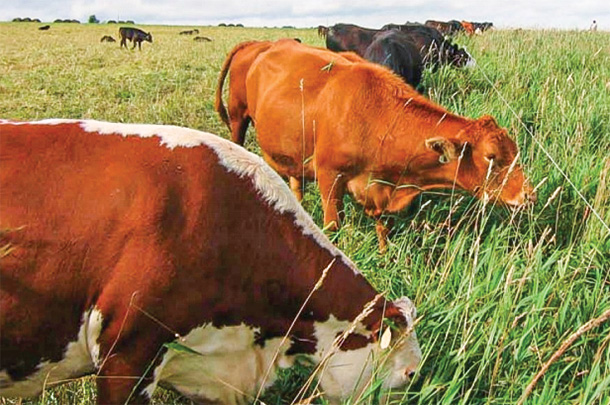
1. The ins and outs of temporary electric fencing for rotational grazing
The benefits of rotational grazing are widely known. Livestock can be moved from one paddock to another on a prearranged scheduled to allow forage crops to renew energy reserves, rebuild plant vigor and give long-term maximum production.
Since the backbone of any rotational grazing system is flexibility, it is important to have a highly movable temporary fence and some understanding of its proper use.
Read the full story at: The ins and outs of temporary electric fencing for rotational grazing
PHOTO: With rotational grazing systems, larger pastures are subdivided into smaller areas with temporary fencing materials. Photo courtesy of Gallagher.
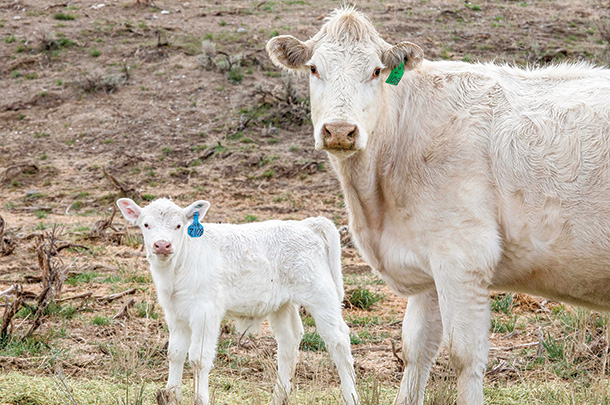
2. Understanding scours: The basics for scours prevention
The hustle and bustle of spring calving is quickly approaching, and now is the time for cow-calf producers to begin planning their calving management strategies. Proper planning prior to the start of calving can improve overall animal welfare as well as saving a producer’s time and energy.
One of the keys to successful calving planning is the anticipation of any possible health challenges that could impact the calf and overall herd health. Management protocols designed to prevent disease exposure should be considered prior to the start of calving, alongside discussions with your local veterinarian about potential treatment protocols in the case of widespread disease.
Read the full story at Understanding scours: The basics for scours prevention
PHOTO: Implementing preventative management practices can prove to be an effective tool to prevent scours infections in a new calf crop. Staff photo.
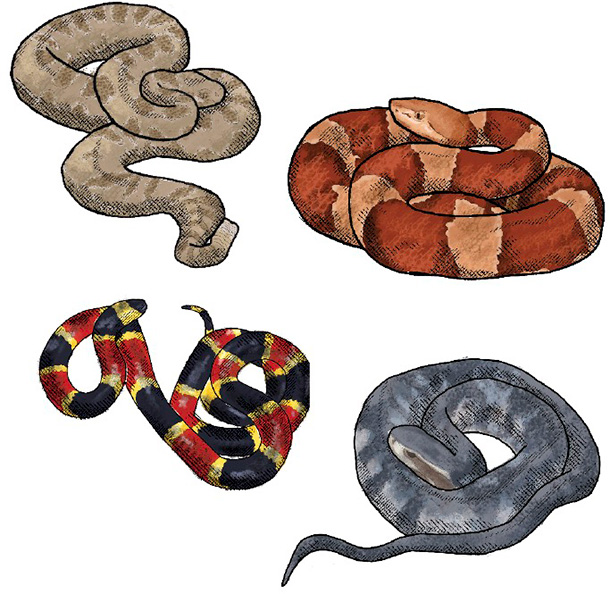
3. Dealing with snakes and snakebites
Venomous snakes pose a danger to stock and stockmen alike because they live and work in snake habitat. Rattlesnakes are the most common risk, but in some regions copperheads and cottonmouths (also called water moccasins) are a concern.
Rattlesnakes usually give warning when approached, but copperheads may just hide and bite without warning. The potency of a bite usually depends on amount of venom injected by the snake and type of toxin, which can vary depending on the species of snake.
Read the full story at Dealing with snakes and snakebites
ILLUSTRATION: Illustrations by Kristen Phillips.
4. 4 strategies for rebreeding first-calf heifers
First-calf heifers that don’t breed back are very costly. Depending on what research you look at, along with input costs and calf prices, it is not out of the realm of possibilities that it could require six to eight years for a cow to start making a profit. This points to the importance of doing what is possible to get them pregnant so they calve early with their second calf. There are many ways to help keep these vulnerable females in your herd and enable them to become a solid battery of future brood cows.
Read the full story at 4 strategies for rebreeding first-calf heifers
PHOTO: First-calf heifers at Lightsey Cattle Co. in Florida. Photo by Cassidy Woolsey.
5. 5 things you should know when using temporary electric fencing
Electric fencing changed the game for cattle producers and sustainability on pastureland. Selecting the correct type of fencing for your operational goals impacts the efficiency of your forage and protects resources on your land.
Although electric fencing makes moving and rotating cattle simple, here are five things you should be aware of when installing and maintaining electric fencing to increase the longevity and usefulness of your fencing.
Read the full story at 5 things you should know when using temporary electric fencing
PHOTO: The type of wire used will depend on if the cattle are accustomed to electric fencing or not. Staff photo.
6. Tendon problems in young calves
Occasionally, a calf is born with crooked legs, lax or contracted tendons. Many straighten on their own with time and exercise, while others require intervention. Some are so severe the calf must be euthanized.
The challenge is to determine if the cause is nutritional, genetic or due to toxins or infections.
Read the full story at Tendon problems in young calves.
PHOTO: Calf with contracted tendons. Photo courtesy of Andy Niehaus.
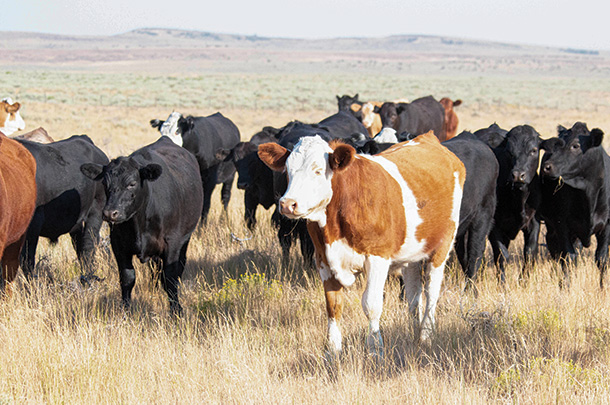
7. Three limitations of drug delivery devices
Pinkeye, foot rot, bovine respiratory disease – these are all common cattle infections producers want treated and treated quickly. With time and access to facilities being a common constraint on many operations, it’s reasonable to opt for the most convenient drug delivery device: a dart gun.
In a University of Nebraska – Lincoln webinar, Dr. Brian Vander Ley, veterinary epidemiologist at the Great Plains Veterinary Education Center – Clay Center, Nebraska; weighs the convenience and efficiency of dart gun use against three key limitations.
Read the full article at Three limitations of drug delivery devices
PHOTO: Using drug delivery devices like dart guns comes with many limitations to consider. Photo by David Cooper.
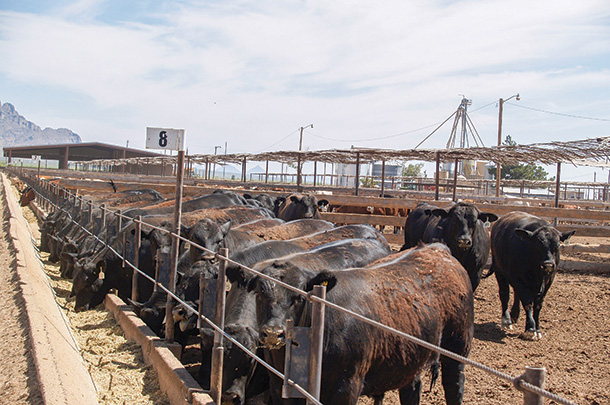
8. Feeding cattle without distillers grains
Since the advent of the ethanol boom in the Upper Midwest, distillers grains (also known simply as distillers) have become a staple ingredient in cattle rations. Known to enhance both ration palatability and animal performance, distillers are a natural fit for all classes of cattle, from feedlot to cow-calf production.
Low global oil prices, tight grain supplies and decreased fuel demand can cut the profit potential of fuel ethanol production. The resulting market pressure could force some ethanol plants to close, at least temporarily, interrupting the supply of ethanol co-products and mandating a quick move to feeding cattle without distillers grains.
Read the full story at Feeding cattle without distillers grains
PHOTO: Feeding rations with distillers has made managing bunks easier and has reduced digestive upsets. Staff photo.
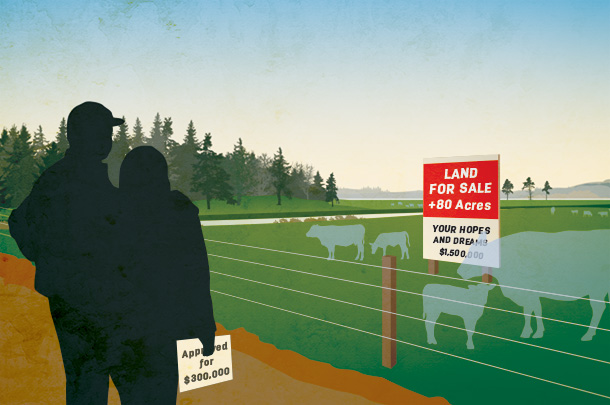
9. How to start a farm without ‘inheriting it or marrying it’
Getting started in the cattle business is extremely capital-intensive, but alternatives such as custom grazing, running stocker cattle, leasing land or even cattle can be viable options.
You’ve probably heard, “The only way to get into farming is to inherit it or marry it.” Years ago, I attended a farm financial seminar. The speaker told the students in the crowd to visit with at least one seasoned professional and ask for advice related to beginning a career in agriculture. Later, he asked the students to report what they learned. One replied, “I was told to remember I could make more money in 20 minutes by whom I chose to marry than I could earn in a lifetime.”
Read the full story at How to start a farm without ‘inheriting it or marrying it’
ILLUSTRATION: Illustration by Kristen Phillips.

10. Shipping shrink: Two management considerations
Growing up, there were several days that brought anxiety to the ranch; branding and sale day were probably the biggest. While there were a million things that could impact the success of branding day (mainly rain and having enough help), when it came to sale day, the entire family knew the importance of what was riding on that single day.
A resounding concern on sale/shipping day is shrink. Shrink is well researched and understood in cattle production. Fill and tissue shrink are the two main sources of shrink in cattle transportation and marketing. Fill shrink is a result of loss of rumen fill, manure or urine. This type of shrink is recovered a short time after cattle return to normal water and feed intake but can have a big impact on the weight of cattle, especially in a marketing situation. There are a few simple concepts that can be considered to help mitigate some fill shrink at shipping.
Read the full story at Shipping shrink: Two management considerations ![]()
PHOTO: Keep two things in mind to prevent shipping shrink when it's time to take calves to the sale. Photo by Carrie Veselka.
